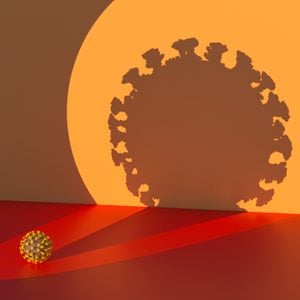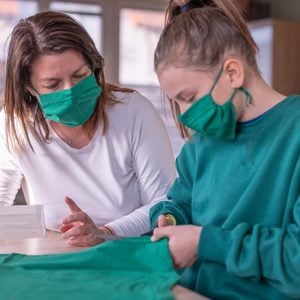The Worst Face Masks for Covid-19 Protection, According to Research
Updated: Feb. 16, 2021
Wearing a face mask can help stop the spread of Covid-19, but some masks are better than others. These are the best and worst face masks, according to science.
Wearing a face mask in public (especially when social distancing isn’t possible) can help reduce the spread of Covid-19, but not all masks are created equal. Some masks are more effective than others at blocking the viral droplets expelled when you cough, sneeze, speak, or even breathe.
In a study from Duke University, researchers ranked 14 types of masks—from the medical grade N95 respirator to homemade masks—as to how well they accomplished this task. Given how serious a coronavirus infection can be, many people want to know more about the best and worst face masks.
In the study, researchers asked participants wearing various types of masks to say the words “stay healthy, people” five times into a box. For comparison, the participants also performed the same exercise without a mask. The researchers used a laser and a phone’s camera to track particles released from the study participants’ mouths. Every mask was tested 10 times, and an algorithm determined exactly how many droplets escaped through the face coverings.
This study, which appeared in Science Advances, was not a randomized, controlled trial. It’s what is known as a proof-of-concept study that was primarily designed to see if the new testing method worked.
Experts are quick to caution that any face covering is better than no face covering. Even a single-layer bandanna or neck gaiter, both of which fared poorly in the Duke study, are better than no covering at all. (Read on for more details.)
And the best face mask is…
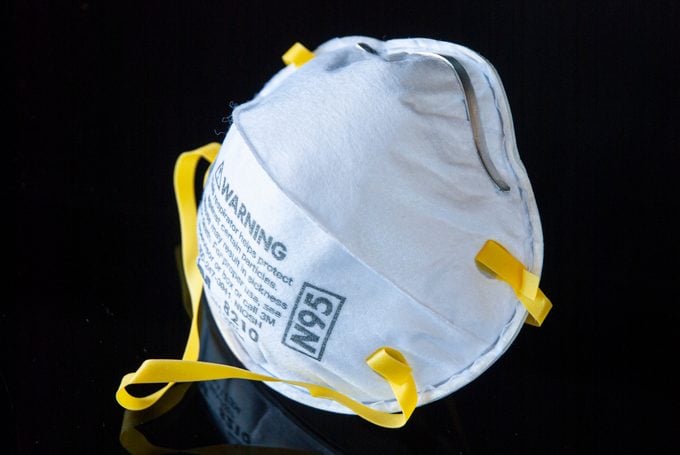
No shocker here, but the medical-grade N95 respirator mask was the most effective at trapping particles in the study. N95 respirators are known to filter at least 95 percent of airborne particles.
“This is a very high level of dust control which is why asbestos and silica workers wear N95s,” says Jack Caravanos, DrPH, a clinical professor in NYU’s College of Global Public Health, New York City.
These masks are reserved for health care personnel largely because this layer of protection is needed in healthcare settings. In daily interactions, experts say cloth face coverings and masks are enough protection, particularly when combined with social distancing.
In any case, try to avoid face masks with an exhalation valve, Caravanos warns. “These plastic valves in front of the mask make it easier to push out aerosol, so we are advising against wearing a mask with exhalation or exhaust valves,” he says. The air that exits a valve is unfiltered, so these masks protect the person wearing them, but not the people around them. The Centers for Disease Control and Prevention (CDC) also cautions against wearing masks with exhalation valves or vents. (Try to avoid these other face mask mistakes, too.)
N95s are certified to fit by the National Institute for Occupational Safety and Health. Another variety of medical-grade masks, KN95 masks, are as effective at filtering particles as the N95, but are not fitted. These are certified and regulated by the Chinese government. “Some KN95 masks may fit really well and others pretty loose,” Caravanos says. “If you have one that fits well to your face, it will be just as effective as an N95.” (Here are the 9 best face masks with filters on Amazon.)
The three-ply surgical mask came in second in the Duke study, and is No. 1 in Caravanos’ eyes. “They are cheap, disposable, and breathable and have multiple layers.” In the test, these masks ranged from zero to 0.1 droplets that were transmitted through the mask in terms of the particles spread from speaking. The CDC cautions that these should continue to be reserved for health care workers and other medical first responders. (N95 vs. KN95 vs. NF94 face masks: here’s what you need to know.)
Choosing and using cotton face coverings
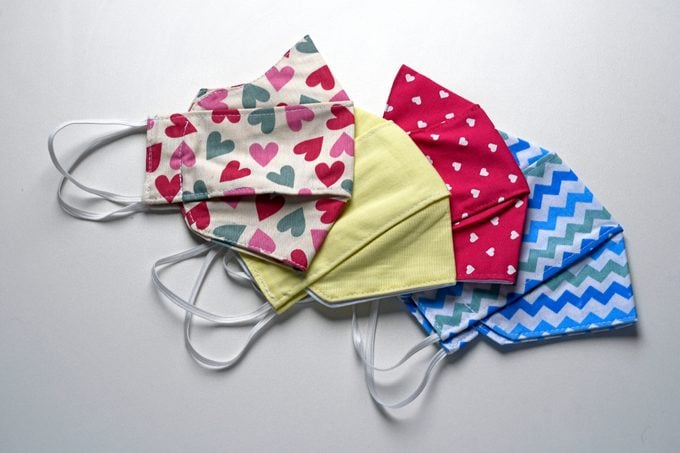
Next up were double-layer cotton masks and those made with another fabric known as polypropylene, which is commonly used as a filter in face masks. Both reduced the amount of spray from normal speech and were about as effective as standard surgical masks, the Duke study showed.
When buying a cotton mask, look for a tight-weave, 100 percent cotton, Caravanos suggests. “If it is not tightly woven, viral particles can escape,” he says. “You want at least two layers because presumably with two layers any particle that gets through the first will be caught by the second.”
The fit of any face covering matters, he says. “It should be tight against your month with a chin curve at the bottom to prevent things from getting out.”
Cotton masks don’t always have nose clips that secure the covering around your nose, and this can be a detriment, he says. “It can slip down and when you exhale or inhale, and the particles can escape.” This is why most public service announcements stress that your face mask should cover your mouth and nose to be maximally effective.
“It isn’t just coughing or sneezing that spreads viral droplets; it’s also breathing, so if your nose isn’t well covered, you are basically exhaling these fine droplets,” says Manhar Dhanak, PhD, chair of engineering and science at Florida Atlantic University in Boca Raton.
A face covering should block all exit routes so the only way out is through the material that’s covering your mouth and nose.
The World Health Organization (WHO) says fabric masks should consist of three layers, including:
- An inner layer of absorbent material such as cotton
- A middle layer or filter made of a non-woven material like polypropylene
- Outer layer of non-absorbent material such as polyester or polyester blend
(Ready to shop? These are Amazon’s best face masks for hot weather.)
Stock up if you use cotton or fabric masks. “It’s a good idea to have a collection of at least five so you have time to clean yours properly to get rid of germs,” Caravanos says. This will help prevent maskne, or acne breakouts from wearing a face covering.
Debunking gaiter gate
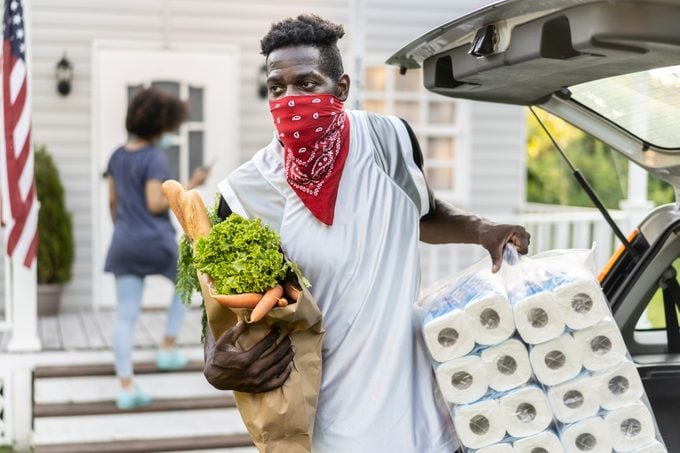
Least effective in the Duke study were the bandanna, knitted mask, and neck gaiter. Result of the study seemed to show that neck gaiters actually performed slightly worse than no mask at all. Some members of the press called this “gaiter gate” as the gaiters were thought to be the worst masks.
However, the researchers noted that they tested only one type of neck gaiter, on one person, and that not all neck gaiters are the same. (Here are the best neck gaiters for Covid-19 protection.)
Other researchers did their own set of experiments and also debunked this finding. They showed that when a single-layer gaiter is worn doubled up, it blocks a range of particle sizes. (In the Duke study, the gaiter tested was not folded over.)
“Any face covering is better than no face covering,” Dhanak stresses.

